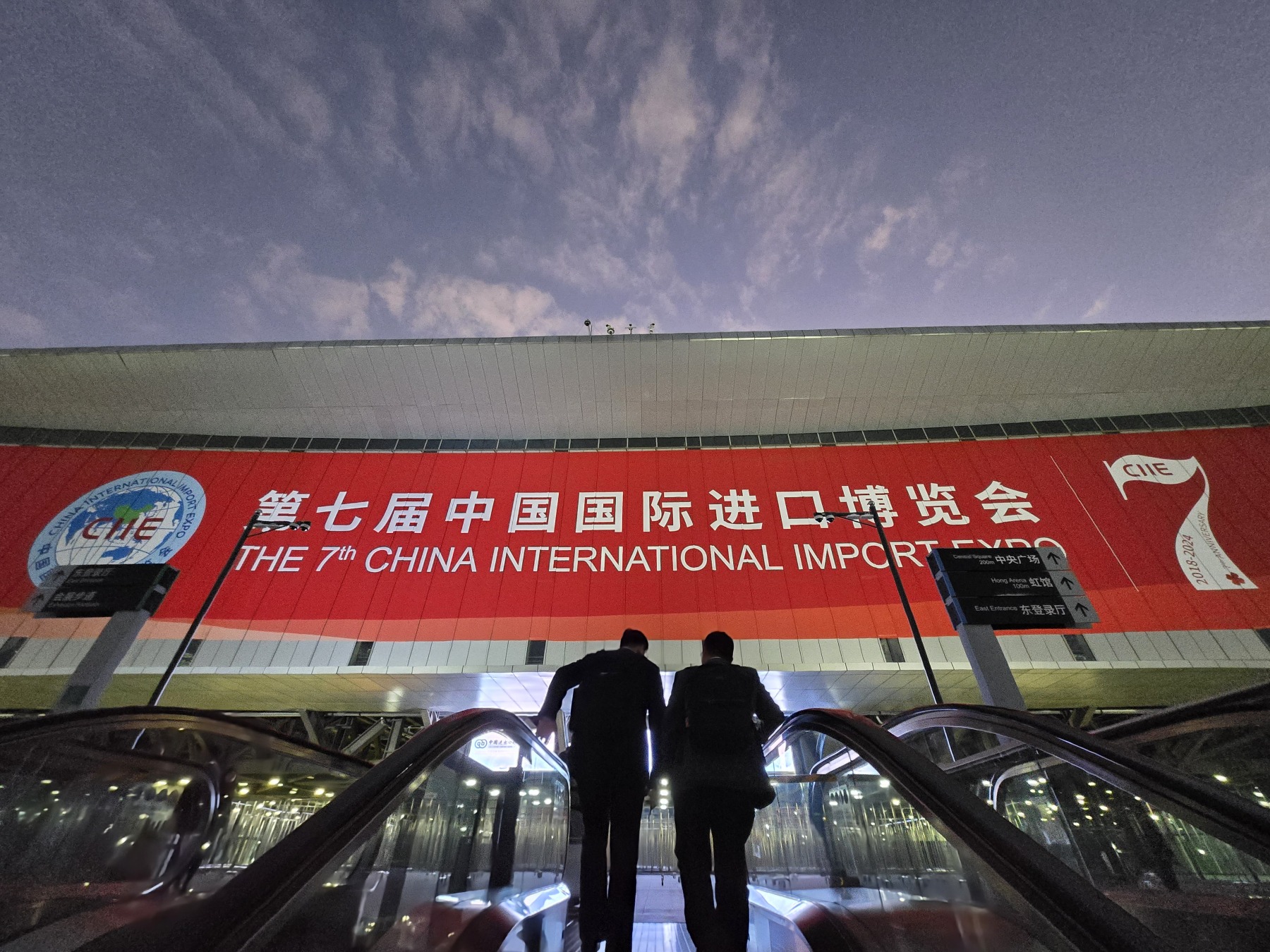After experiencing rapid growth in the first half of this year, it’s widely acknowledged that the global luxury goods industry saw a slowdown in performance growth in the third quarter.
Key factors behind this include a downturn in luxury goods consumption in the United States and a less robust rebound in the Chinese luxury market than expected. This situation is partly due to high comparative figures from last year (the third quarter of last year was a minor peak for the Chinese luxury market) and also closely linked to a more cautious consumer mindset in a complex economic environment.
Given that the Chinese luxury market has been the main “engine” driving global luxury industry growth for the past decade or more, executives from major brands/companies and industry analysts are closely monitoring market trends in China.
In the midst of diverse opinions, we turn to the data for answers.
In this article, Luxeplace.com interprets the real situation of the Chinese luxury market through the latest quarterly financial results and executive comments of the four global luxury giants: LVMH, Hermès, Kering, and Richemont. Together, these four giants have a combined market value of over 700 billion USD, representing a significant portion of the luxury goods industry.
When discussing the “new normal” of the Chinese luxury market, Johann Rupert, the outspoken Chairman of the Board of the Swiss Richemont Group, made a noteworthy comment during an analyst call: “It’s not that Chinese consumers don’t have money... Many of today’s 20-40-year-olds are supporting both parents and four grandparents, and if they’re married, the situation is doubled. The pandemic has impacted their consumer psychology, so as I said before, Chinese consumers are more rational than their Western counterparts, rarely maxing out their credit cards.” He stated clearly: I’m not pessimistic about the Chinese market. We are cautious because Chinese consumers are more rational. When people act rationally, they don’t squander.
*As none of the companies have directly disclosed specific sales data for the Chinese market, we use “Asia” (excluding Japan) or “Asia-Pacific” (excluding Japan) as the main basis for observing the performance of the Chinese market.
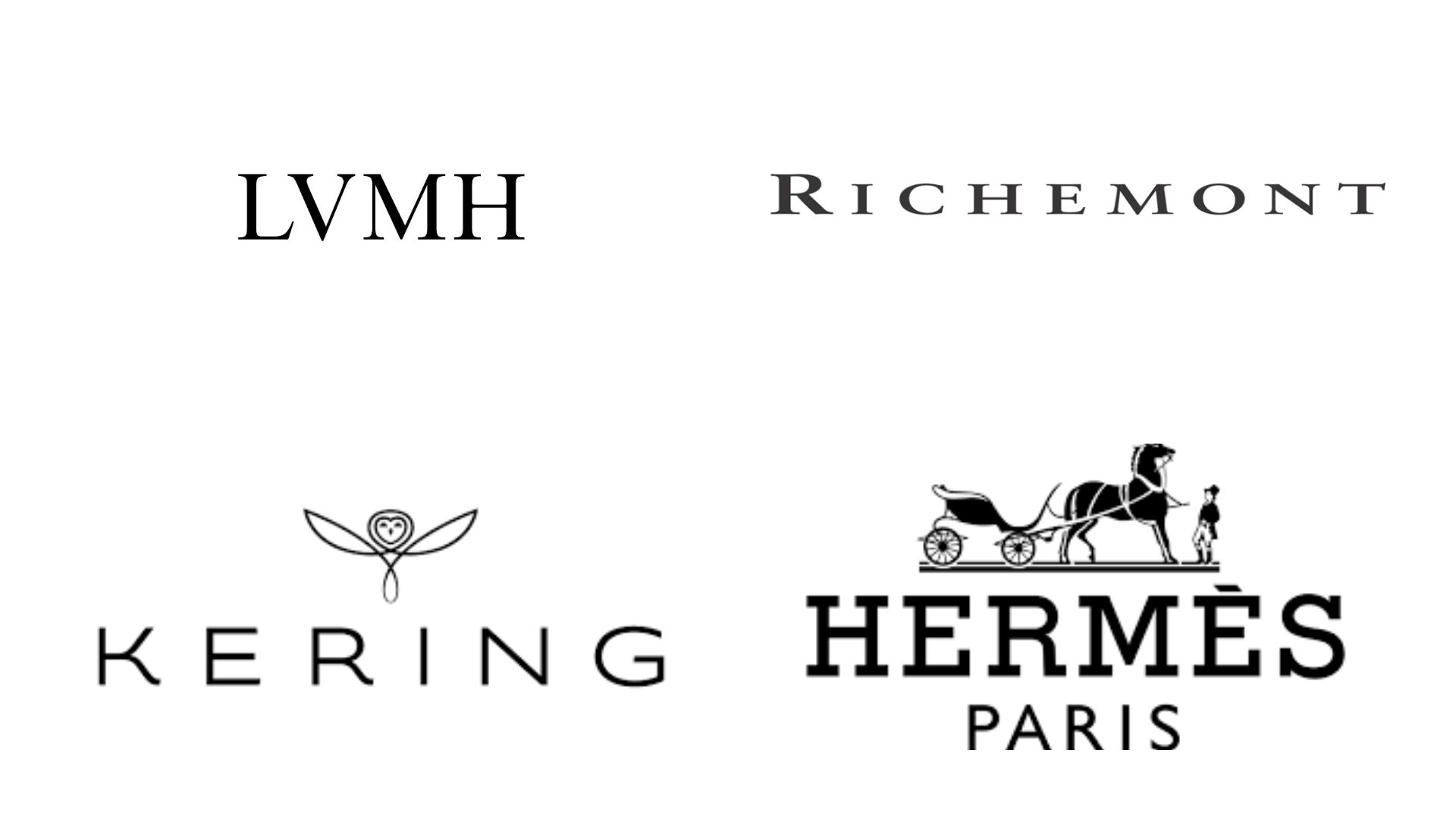
Overview of the Third Quarter Performance of the Four Major Luxury Groups in the China Market
Among the four major luxury enterprises, three saw year-over-year growth rates in Asia/Asia-Pacific (excluding Japan) that were higher than the global growth rate, with only Hermès slightly lower. This is mainly because the year-over-year growth rate of Hermès in the Asia-Pacific region (excluding Japan) for the third quarter of 2022 was as high as 47% (33.7% in fixed exchange rates), setting a high comparative base.
——LVMH
Keyword: Recovery
- Third Quarter 2023: Sales in Asia (excluding Japan) increased by 11% year-over-year, higher than LVMH’s overall 9% (the same trend is observed in the first three quarters);
- Comparative base: In fixed exchange rates, Asia (excluding Japan) saw a 6% year-over-year increase in the third quarter of 2022, with a lower comparative base; and the region’s growth rate in the third quarter of both 2021 and 2022 lagged behind the global growth rate.
Data on Chinese Market/Chinese Consumers
- On an organic basis, compared to the same period in 2021, global sales of fashion and leather goods contributed by Chinese customers (including purchases made while traveling abroad) increased by 40%, with the third quarter maintaining this trend.
- Currently, for most brands in the fashion and leather goods department, the proportion of contributions from Chinese customers abroad is double that of last year, at about 30%. However, for the watches and jewelry department, the proportion of purchases made by Chinese buyers abroad is less than 20%.
——Hermès
Keyword: Robust
- Third Quarter 2023: Sales in the Asia-Pacific region (excluding Japan) were virtually flat compared to last year (-0.1%), with a 10.2% increase in fixed exchange rates, lower than the global growth rate;
- Comparative base: In fixed exchange rates, the third quarter of 2022 in the Asia-Pacific region (excluding Japan) saw a significant year-over-year increase of 33.7%, leading to a high comparative base.
Data on Chinese Market/Chinese Consumers
- Foot traffic in mainland China stores continued to grow strongly year-over-year, with a strong rebound in business in July and August compared to the second quarter, resulting in a double-digit increase in sales in mainland China in the third quarter.
- In addition to mainland China, tourist foot traffic increased in Hong Kong and Macau, China. Hong Kong experienced historic growth in foot traffic, with a year-over-year increase of 50%, and strong sales to local customers.
——Richemont
Keyword: Lead
- Third Quarter 2023: Sales in the Asia-Pacific region (excluding Japan) saw a negative year-over-year growth (-2%), with an 8% increase in fixed exchange rates, still leading the global growth rate, which was more evident in the first half of the fiscal year 2024 (second and third quarters of the 2023 calendar year);
- Comparative base: In fixed exchange rates, the Asia-Pacific region (excluding Japan) saw a 6% year-over-year increase in the third quarter of 2022, with a lower comparative base. The third quarter of 2021 also saw a 17% year-over-year increase, both lagging behind the global growth rate.
Data on Chinese Market/Chinese Consumers
- In fixed exchange rates, in the first half of fiscal year 2024 (April 1 to September 30, 2023), sales in mainland China, Hong Kong, and Macau, China, combined saw a 34% year-over-year increase (23% in actual exchange rates), with Taiwan, China, also achieving double-digit growth in fixed exchange rates.
- The demand from Chinese consumers (globally) continued to grow, with a 90% increase in the first quarter (April-June 2023) and a 23% increase in the second quarter (July-September 2023) compared to the same period last year; compared to the same periods in fiscal years 2020, 2022, and 2023, the compound annual growth rates were 48%, 22%, and 50%, respectively, with an average annual compound growth rate of 10% over the past four years.
——Kering
Keyword: Softening
- Third Quarter 2023: Retail channel sales in the Asia-Pacific region (excluding Japan) were virtually flat compared to the same period last year (+1%), still higher than the global growth rate;
- Comparative base: In fixed exchange rates, the Asia-Pacific region (excluding Japan) saw a 7% year-over-year increase in the third quarter of 2022, with a lower comparative base. The third quarter of 2021 also saw a 1% year-over-year increase, both lagging behind the global growth rate.
Data on Chinese Market/Chinese Consumers
- In the third quarter, revenue contributed by the Chinese customer group grew by 20% year-over-year, with Chinese consumers performing well and even accelerating in the third quarter.
- 25% of the demand from Chinese customers came from tourists traveling to regions outside mainland China, such as South Korea and Europe, but the majority of Chinese customers’ consumption still occurs in mainland China.

New Trends in the China Market/Among Chinese Consumers
– The China market is recovering, but perhaps not as quickly as expected.
- LVMH: CFO Jean-Jacques Guiony noted that the recovery of the Chinese market (demand) is rapid, faster than anywhere else in the world, and has returned to pre-pandemic levels. However, the speed of recovery might not be as fast as anticipated.
- Richemont: Group Chairman Johann Rupert mentioned that consumer spending by Chinese tourists is a bright spot, but the recovery of the Chinese luxury goods industry is more moderate compared to some expectations of a rapid takeoff. It was predicted that the recovery of the Chinese market would take longer than most market analysts and competitors expected, and this has proven to be correct.
- Kering: CFO Jean-Marc Duplaix acknowledged that the current performance of the Chinese market has not reached the level predicted at the beginning of the year.

– A strong rebound in Hong Kong and Macau, China.
- Hermès: CFO Éric du Halgouët indicated that tourist foot traffic in Hong Kong and Macau, China, has increased. Hong Kong experienced a historic increase in foot traffic of 50%, and sales to local customers have been robust.
- Richemont: Financial reports show that with the full reopening and strong growth in tourist traffic in mainland China, Hong Kong, and Macau, these three regions combined achieved a year-over-year increase of 34% in the first half of fiscal year 2024 (April-September 2023), with Taiwan, China, also achieving double-digit growth.
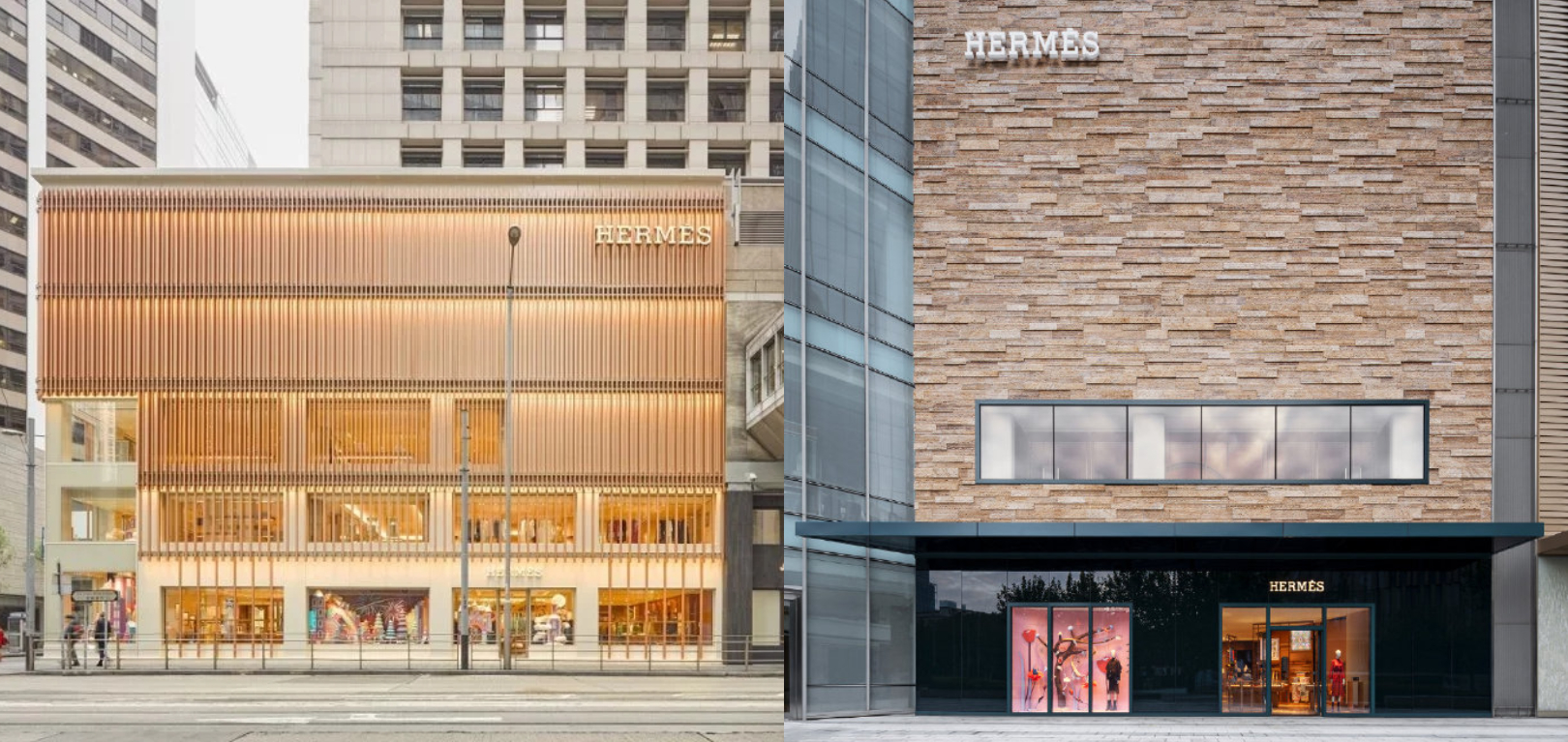
– An increase in the number of Chinese consumers shopping abroad.
- LVMH: CFO Jean-Jacques Guiony stated that globally, the ratio of domestic to overseas consumption is constantly changing. The number of mainland Chinese buyers shopping abroad continues to increase. On an organic basis, compared to the same period in 2021, global sales of fashion and leather goods contributed by Chinese customers (including purchases made while traveling abroad) increased by 40%, and this trend continued in the third quarter. Currently, for most brands in the fashion and leather goods department, the proportion of contributions from Chinese customers abroad is double that of last year, reaching about 30%.
- Kering: CFO Jean-Marc Duplaix said that in the third quarter, 25% of the demand from Chinese customers came from tourists traveling to regions outside mainland China, such as South Korea and Europe, but the majority of Chinese customers’ consumption still occurs in mainland China.
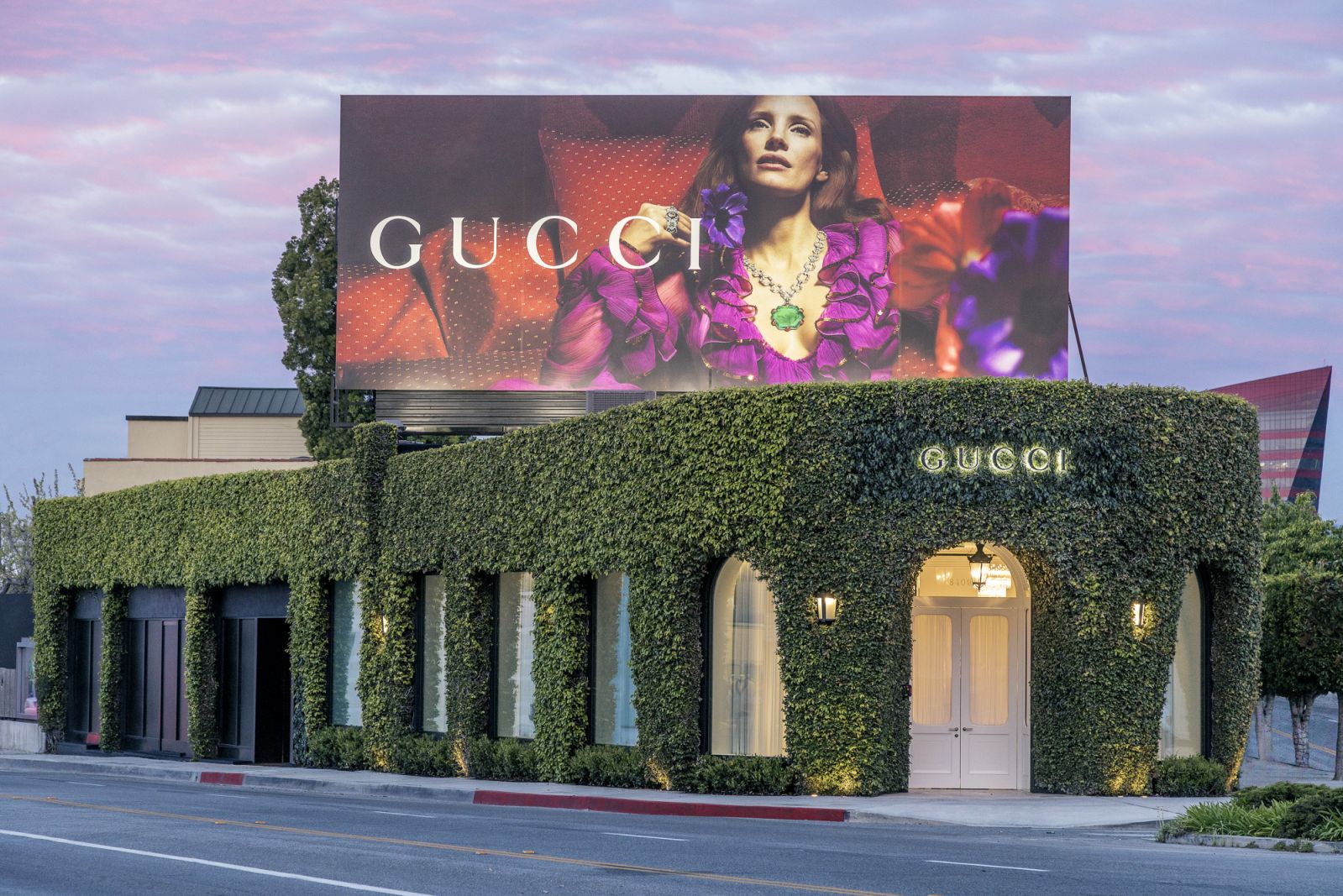
– Still confident in the China market.
- LVMH: CFO Jean-Jacques Guiony expressed that it’s impossible to predict the future performance of Chinese consumers. For example, recalling the cautious attitude towards the Chinese market after the full reopening post-pandemic, the outcome was very positive. However, it can be noted that the demand for fashion and leather goods in China maintained a good development trend in the first, second, and third quarters.
- Hermès: CFO Éric du Halgouët said that given the large number of loyal customers in the Greater China region, despite the potential short-term economic difficulties in China, it is believed that the economy will resume growth in the medium to long term. The potential for the development of the middle class remains very strong, which is why there is continued investment in the region. Plans include opening 1-2 stores annually, with a second store opened in Chengdu SKP in the fourth quarter.
- Richemont: Financial reports indicate that the strong start to the new fiscal year exceeded expectations. However, due to inflationary pressures, slowing economic growth, and geopolitical tensions beginning to affect customer demand, plus a high comparative base, growth slowed in the second quarter. Therefore, a general normalization of growth expectations across the industry is observed. The good news is that major economies seem to be experiencing a soft landing, benefiting from stimulus policies, and the Chinese economy is expected to resume rapid growth.
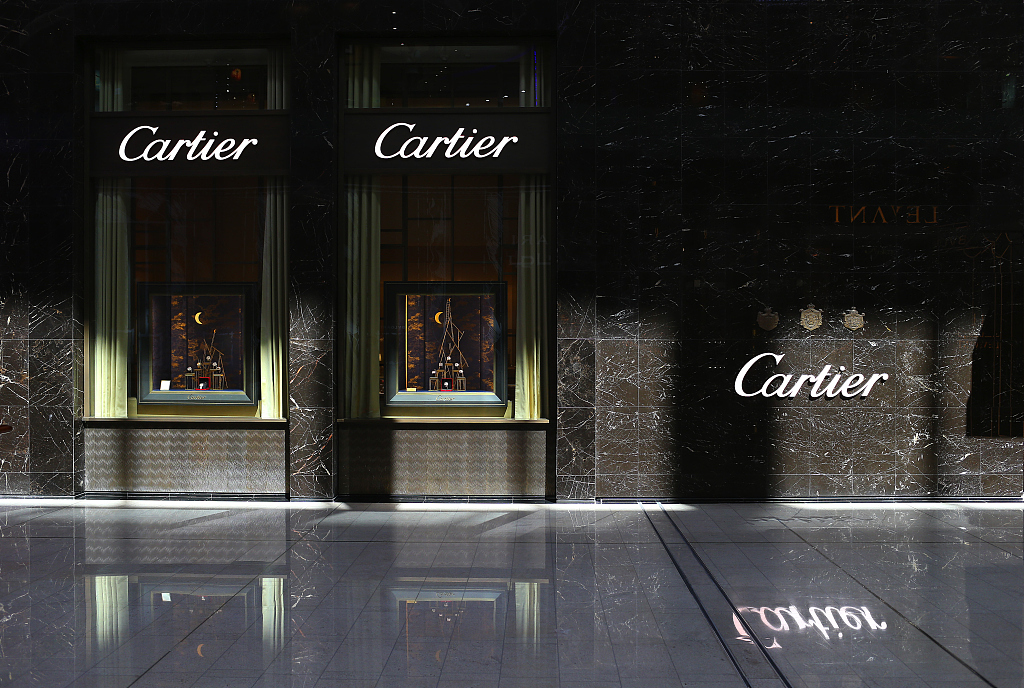
| Source: Group financial reports, conference calls
| Image Credit: Group financial reports, brand official websites
| Reporter: Wang Jiaqi
| Editor: LeZhi


